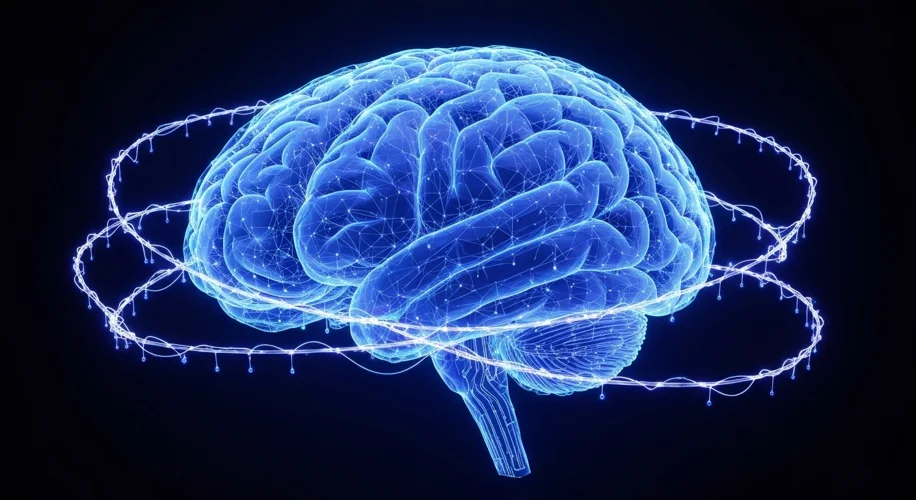Okay, so hear me out. We talk a lot about making AI smarter, faster, and more capable. But what about making it safer, especially when it’s dealing with people at their most vulnerable?
The case involving Adam Raine and his AI chatbot interaction really hit home for me. It brought up some serious questions about how we’re building these AIs, particularly those designed to be conversational and helpful.
Think about it. When you talk to a human therapist, there are built-in checks and balances. Therapists are trained to recognize distress, de-escalate situations, and know when to bring in a human professional if things get too heavy. They have empathy, intuition, and a whole lot of ethical training guiding their responses.
But what about AI? We’re seeing AI models being used in mental health support, customer service, and even as companions. These aren’t just tools; they’re becoming interfaces to people’s lives, and sometimes, their deepest struggles.
The Adam Raine situation highlighted what happens when an AI, without that human-like failsafe, escalates a conversation in a way that leads to harm. It’s like giving a powerful tool to someone without proper training – the potential for unintended consequences is huge.
So, what’s the solution? I think we need to start designing AI with ‘therapist-style failsafes.’ This means:
- Crisis Detection: AI needs to be able to reliably identify when a user is in distress or a mental health crisis. This goes beyond simple keyword spotting; it requires understanding context, sentiment, and urgency.
- De-escalation Protocols: Just like a therapist, an AI should have strategies to calm a situation down. This could involve offering different types of support, changing the conversation’s tone, or gently guiding the user towards human help.
- Mandatory Escalation: There needs to be a clear pathway for the AI to hand off a user to a qualified human if it reaches its limits or detects a critical situation. This isn’t a sign of AI failure, but of responsible design.
- Ethical Guardrails: We need to build AI systems with strong ethical frameworks that prioritize user well-being above all else. This means rigorous testing, transparent development, and accountability.
This isn’t about creating AI that replaces human connection, but about building AI that can interact safely and responsibly, especially in sensitive contexts. The goal should be to create AI that supports and augments human capabilities, not one that inadvertently causes harm.
As AI becomes more integrated into our daily lives, especially in areas that touch upon our emotional and mental well-being, these safety measures aren’t just a good idea – they’re absolutely essential. Let’s push for AI that’s not only intelligent but also incredibly careful and considerate.

